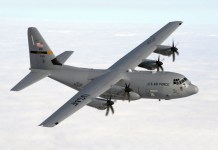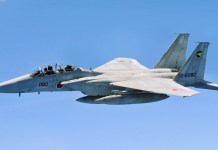Taiwan is trying to ramp up its defenses in view of the rising Chinese threat. Since stealth jets seem to be a pipe dream, for now, stealthy Joint Air-Surface Standoff Missiles (JASSMs) are being explored as a viable alternative.
Taiwan Plans For Its Military
China regards Taiwan as its own territory to be “unified” with the mainland, even if by force. Of late, the communist nation is sending its warplanes to the Taiwanese airspace in order to intimidate the self-governing island.
Taipei has also made an elaborate plan for its national defense. Taiwanese President Tsai Ing-wen’s cabinet has proposed military spending of T$471.7 billion (around $16.89 billion) for the next fiscal year.
The sum has shot up from 2021’s budget of T$453.4 billion. According to Reuters calculation based on government data, the rate of increase would be smaller than the 10% budgeted for this year.
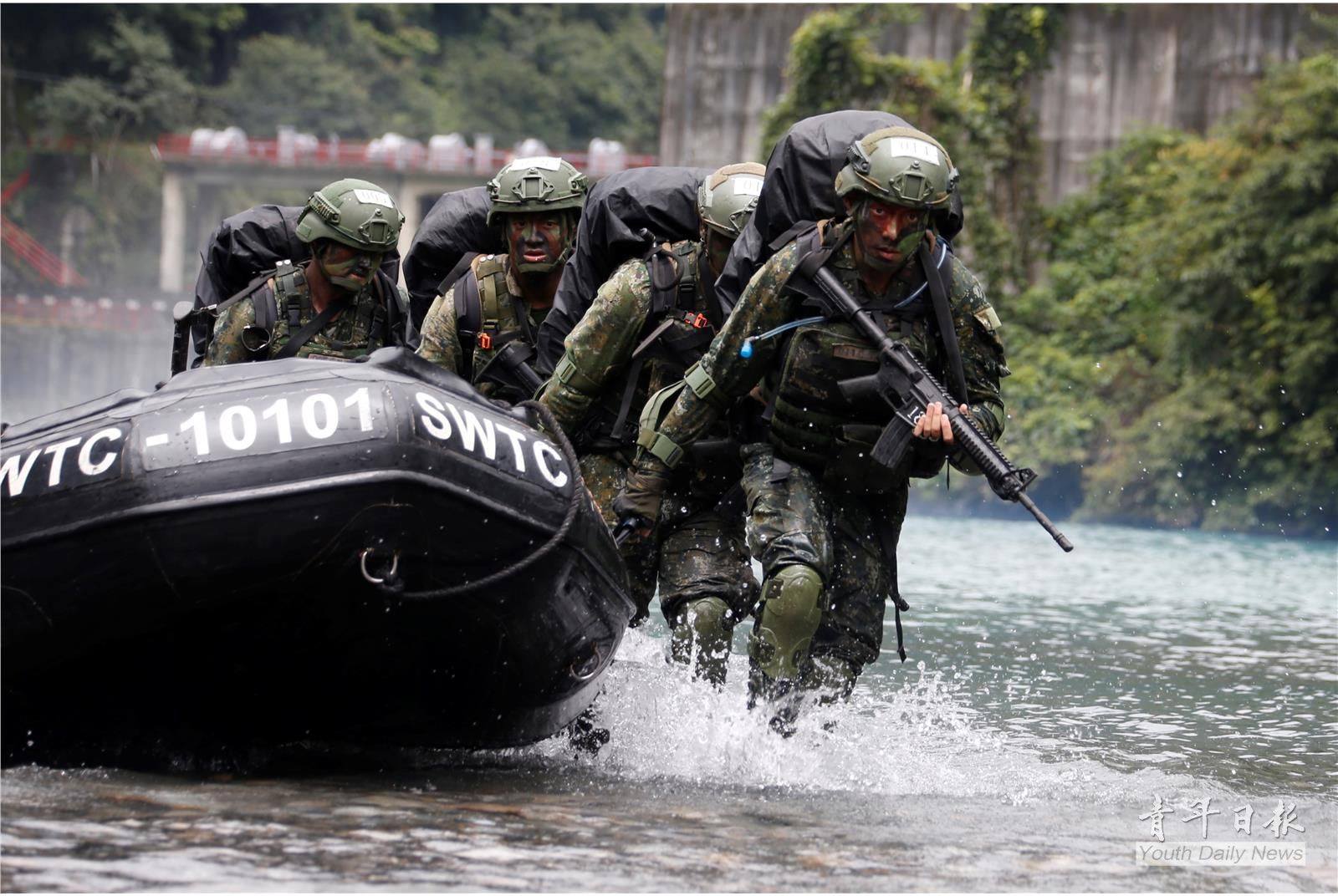
Of the proposed amount, T$40.1 billion ($1.44 billion) is earmarked for new fighter jets. Although the government did not specify details, it is likely that the aircraft under consideration are the F-16s.
The US, in 2019, had approved an $8 billion sale of F-16 fighter jets to Taiwan. This deal would bring the island’s total number of F-16 warplanes to more than 200, the largest in Asia.
Taiwan is also looking to procure long-range, air-launched cruise missiles from the US, a defense official said.
An Alternative To Stealth Jets?
The Taiwanese air force, officially the Republic of China Air Force (ROCAF), is unlikely to get stealth fighter jets any time soon. Although Taipei develops and builds its own conventional fighters, it is quite certain that the island territory can’t afford to develop a homegrown stealth fighter.
US Set To Deploy Israeli-Origin Iron Dome Missile Defense System At A Key Military Facility Near China
It also cannot afford to buy F-35 stealth fighters, valued at around $100 million apiece.
But a more viable alternative has been on the horizon for a while now. The ROCAF could arm its current non-stealthy planes with radar-evading weapons.
Taipei is designing its own long-range missiles to provide the island territory with the ability to strike back deep into the Chinese mainland in the case of a war. Taiwan is also in talks with Washington to help provide it with more advanced weaponry.
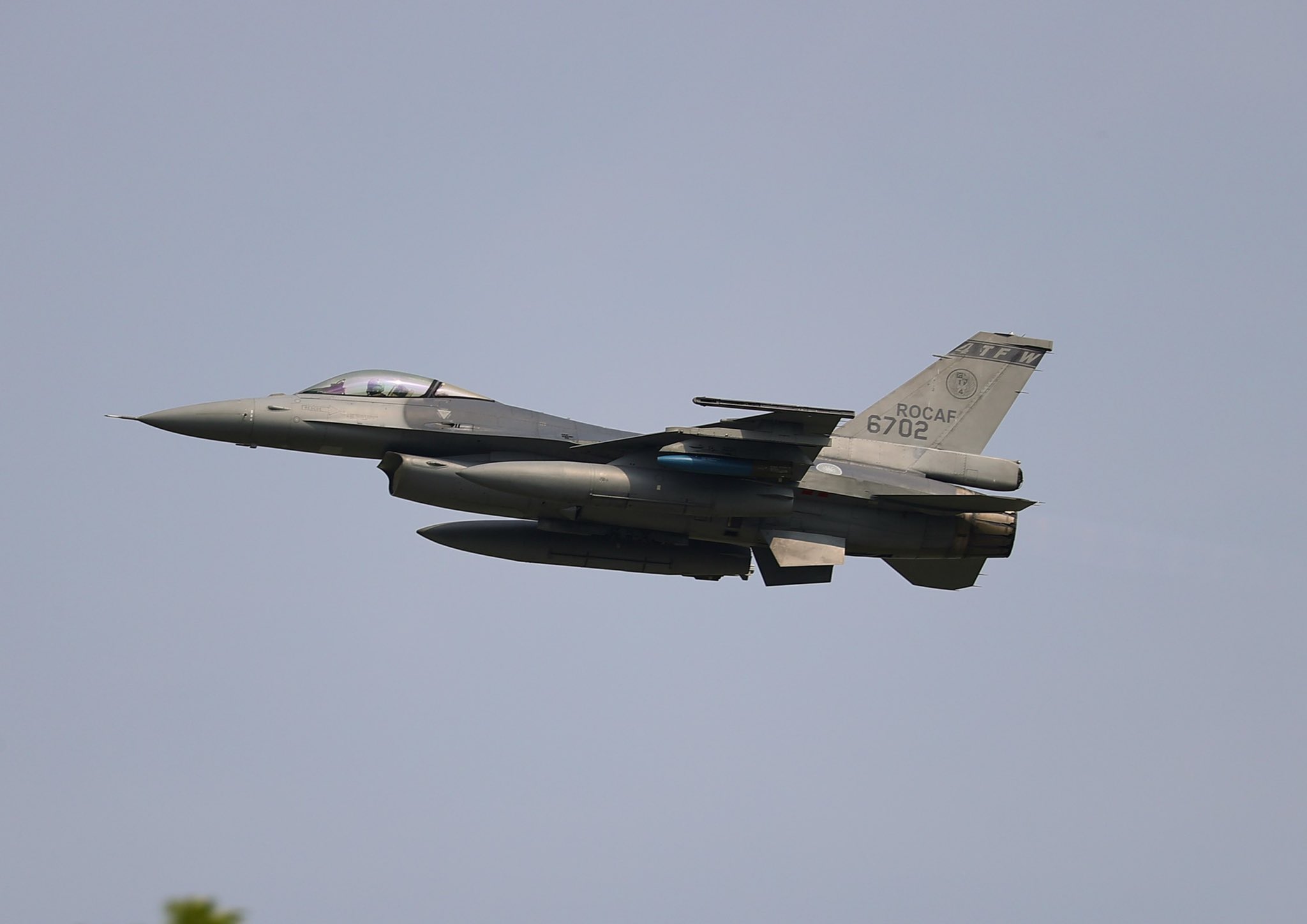
Lee Shih-chiang, the head of Taiwan’s defense ministry’s strategic planning department, said “[w]e are still in the process of seeking it (AGM-158)” from the United States. Communication channels are very smooth and normal.”
Taipei is reportedly negotiating the acquisition of low-observable Joint Air-Surface Standoff Missiles (JASSM) with US defense giant Lockheed Martin. These missiles could enable the ROCAF’s F-16s to break through the Chinese PLA’s air defenses, despite the F-16s themselves keeping outside Chinese missile range.

“Stealthy, air-launched cruise missiles would give Taiwan’s air force a powerful punch it currently lacks,” Ian Easton, senior director of the Project 2049 Institute, a Virginia-based think tank, told Forbes. “Such missiles would also protect Taiwanese pilots from the PLA’s integrated air-defense systems, which are believed to be highly lethal.”
The AGM-158 JASSM
The AGM-158 JASSM is a stealthy cruise missile with flip-out wings and a vertical tail. It comes equipped with a dual-mode penetrator along with a blast fragmentation warhead.
The missile is 4.35 meters long and weighs an estimated 1,000 kilograms. It is capable of carrying warheads weighing up to 450kg.
After Nuclear Submarines, US Approves Sale Of Submarine-Hunting Helicopters To Australia
Not only can the missile cruise with a subsonic speed, but it also has a range of 370.4km. It is capable of reaching targets within a radius of 926km.
The AGM-158 JASSM is an autonomous, long-range, air-to-ground missile. This conventional missile was developed primarily for the US Air Force (USAF). The over 900-kilogram class munition provides high capability and precision in demolishing stationary and relocatable targets.
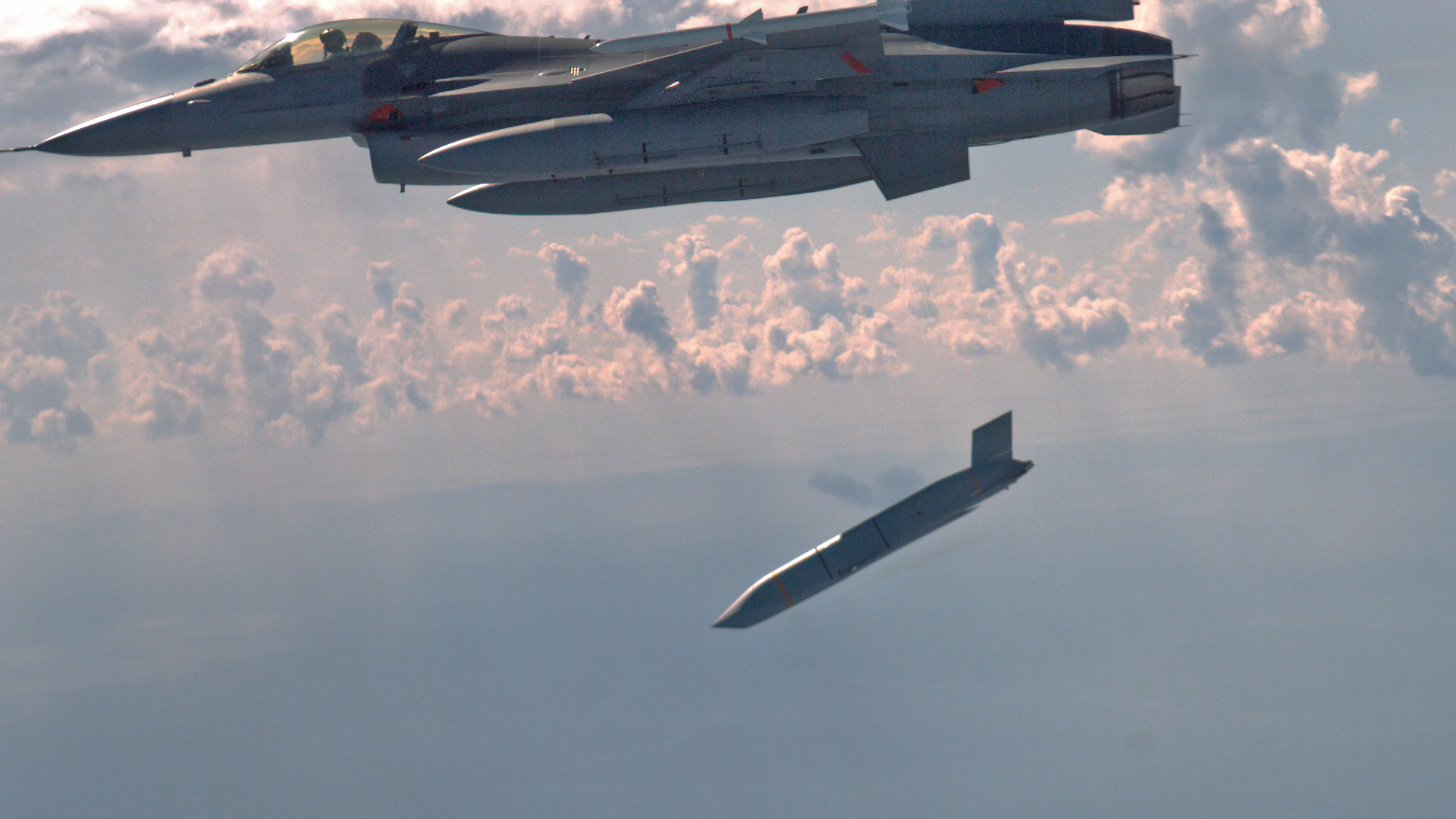
The JASSM offers enhanced survivability, lethality, and long-range precision strike to the aircraft during both day and night operations. An extended range variant of the missile, the AGM-158B JASSM-ER, is intended to fly longer ranges – about double the range of base JASSM.
The ER variant possesses a highly efficient engine and a bigger fuel tank. While the JASSM is equipped with a Teledyne J402-100 turbojet engine, the JASSM-ER is powered by a Williams International turbofan engine.
The missile uses an onboard inertial navigation system to help it fly automatically through a predetermined route. The navigation system includes Anti-Jam Global Positioning System (AJGPS), and a ring laser gyro inertial measurement unit.
China ‘Decodes’ F-22, F-35 Puzzle; Flaunts ‘World’s First Anti-Stealth Radar’ That Can Detect Stealthiest Of Aircraft
Additionally, the air-to-surface missile features an imaging infrared (I2R) seeker and automatic target correlator (ATC) for a high precision strike rate. It can also carry a low-cost autonomous attack system (LOCAAS), a loitering munition that could be programmed to search for and attack specific ground targets.
Additionally, the missile carries a J-1000 warhead that is designed with a dense metal case or contains dense metal ballast for maximum penetration. Whether the deal for these missiles comes through remains to be seen.
- Written by Shreya Mundhra/EurAsian Times Desk
- Follow EurAsian Times on Google News

